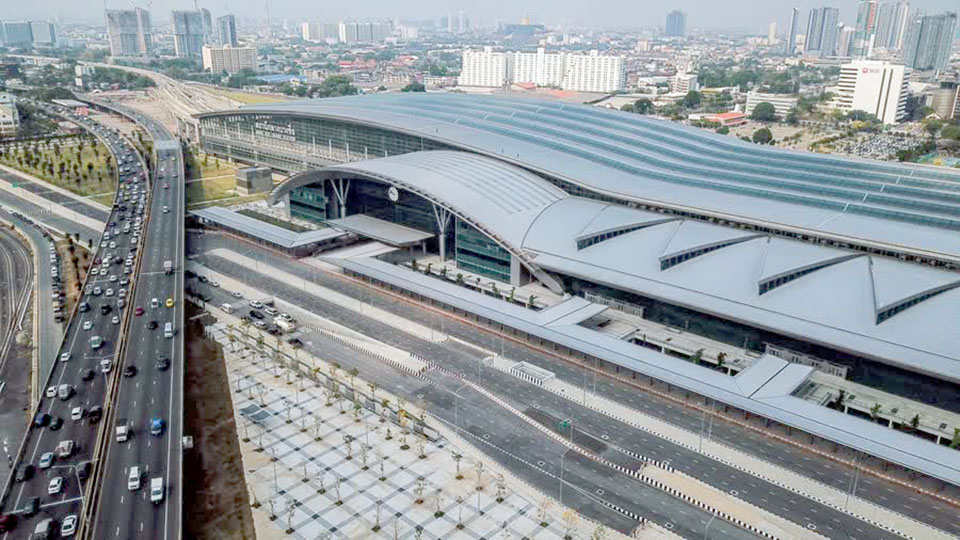
CHIANG MAI, Thailand – It was my first time coming to this new train station in Bangkok—Krung Thep Aphiwat Central Train Terminal. Where would Sanuk be if the names of these new travel hubs were not long and confusing for foreign visitors? Not to mention the spelling and pronunciation. Suvarnabhumi Airport comes to mind. Suvaranaboom, Suvaranaboomee, Suvarnapoom, Suvarnaphoom,Suvarnafoom. Aaand the correct pronunciation winner is, Suwannapoom. Or is it?
The new train terminal is modern and huge and looks similar to an airport, but it’s so vast that even with so many travelers, the upper floor still looked half-empty. It is clean and efficient. At one far end, you will find a food court with stalls selling all kinds of Thai and some Western food like simple burgers. You buy, pay, and find a table to sit down. It is self-service, but it’s super fine if you are not super fussy. Everything about this terminal is new and unfamiliar. However, signs and screens are clear enough for you to know where to go for your train.
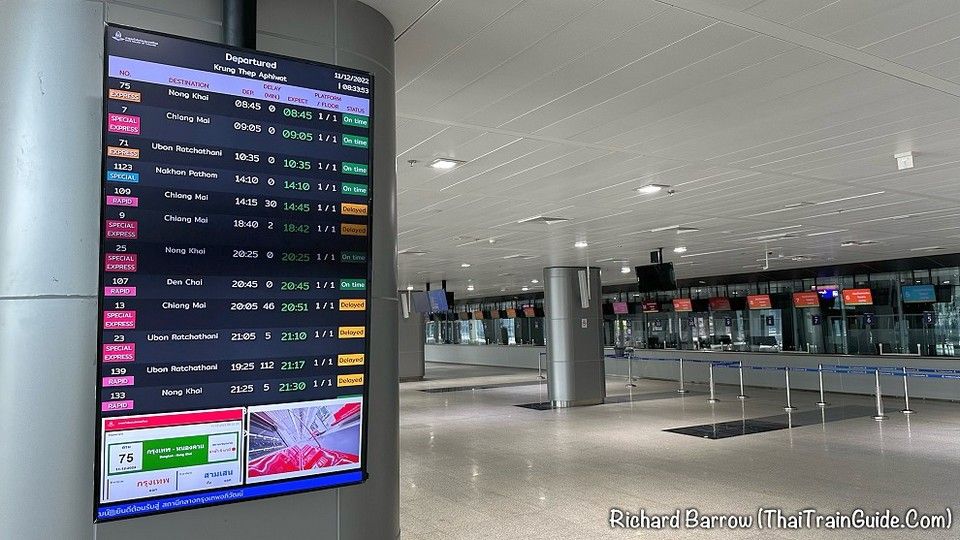
With this trendy environment, I wondered if this would be a journey back in time as I had hoped, or just another trip of mundane modernity. ‘We shall see.’ I took the elevator to the platform and looked for the train bound for Chiang Mai. A wave of nostalgia washed over me when I saw that it looked just as it had long before – but newer and cleaner.
It had been 60 years since I last took this route, passing each provincial station by station. I was a young girl, holding my mother’s hand as we boarded the train from Bangkok’s old and only landmark train station opened in 1916 – Hua Lamphong – northbound to her hometown. Mother carrying a medium size heavy canvas suitcase, and I, a small bag, and a stainless-steel tiffin.
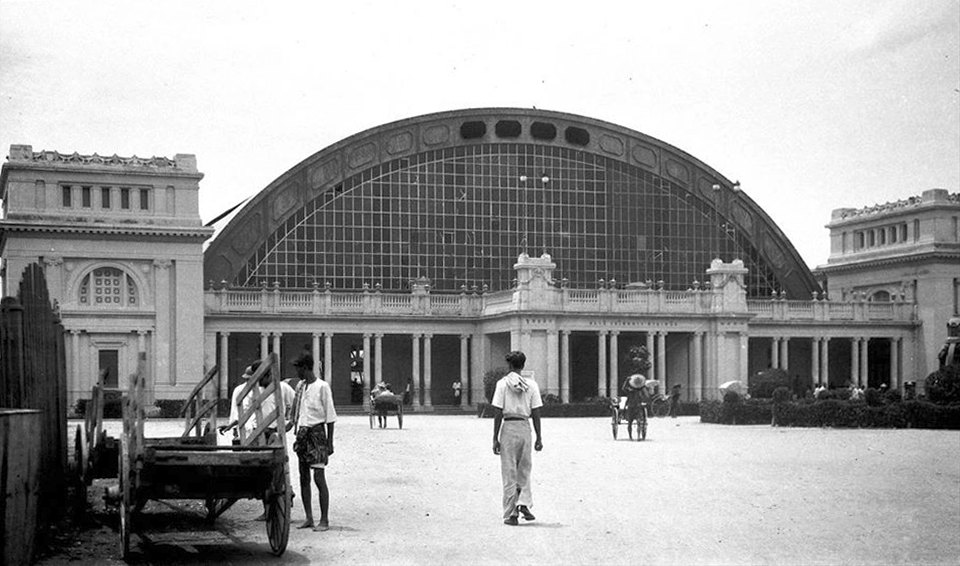
As I dragged my brand new four-wheel-spinner trolley along the new platform, I thought about the old days traveling on one of them, of the wooden benches, the rhythmic clatter of the tracks, and the gentle sway of the carriage as it wound its way through the countryside. The train was slow, but nobody minded. It was a time for talking and sharing stories with relatives or anyone you were traveling with and watching the world pass by at a leisurely pace. Before the night fell into darkness, Mother would point out the rice paddies, distant mountains, and small villages. Even though I had taken those train trips with her a million times, there was always a sense of adventure on each trip—the excitement of traveling to a familiar place and yet a new journey.
As the train rolled along, vendors would hop on and off at various stops or approach the windows, selling everything from sticky rice and grilled chicken wrapped in banana leaves to boiled eggs and fresh fruit. O’Liang (strong and sweet iced black coffee) was always a big hit among adults.
Both being vegetarians, Mother and I shared our homemade food from a tiffin—stuffed paratha and masala chai from a flask.
The air was filled with the aroma of food, Thai and Indian, mixed with the scent of the open fields and the occasional whiffs of the train’s engine. Life was simple then, and so was the journey and destination. If any of the trips included aunties and uncles, there would be stories to tell into the late-night hours. I would fall asleep on the wooden bench, my head on my mother’s lap, comforted by the evening breeze from the windows and the humming of the ceiling fan.
Mother has long passed on, and here I was, alone, retracing the path of my childhood memories.
I boarded a similar evening train around the same time scheduled 6 decades ago. Bear in mind that there is still a combination of old and slightly newer trains, of which I chose the latter.
As I boarded, the changes hit me instantly, from the steps to the door. With a slight push of the electronic button, it opens. Second-class sleeper seats are cushioned and comfortable, and the hardly audible air-conditioning keeps the heat at bay. The train was faster and quieter, and the windows were sealed shut, making the world outside feel distant.
No outside vendors were seen, the train staff selling small snacks and drinks, and taking orders for set meals served at the seats or in the dining car.
Passengers were mostly absorbed in their phones, laptops, or tablets, lost in their cyber worlds. As pleasant a journey as it was, the sense of connection – to both the land outside the train, and the people inside it – seemed to have faded.
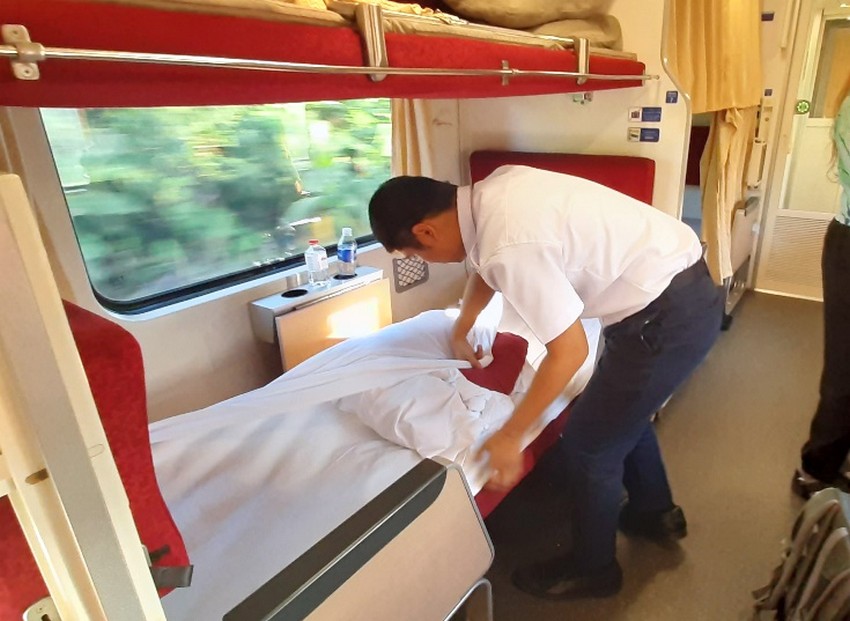
At 8:30 p.m., the chairs were converted into bunk beds, curtains were drawn, and it was time to sleep – for some. For most, it was time to scroll on their phones a little more, in their little cocoons. This time, there was no soft breeze passing through the windows, no humming fans, and no mother’s soft lap to put me to sleep, so I took a tranquilizer, as one does, and slept like a baby.
You always know when you will soon approach the end of the line at the early dawn, as you wake up before entering Khun Tarn cave – a cut through the mountain that always excited me as a child. It is only about one and a half kilometers long but it seemed longer and scary then.
Not long after emerging from the dark cave, you reach your destination, Chiangmai.
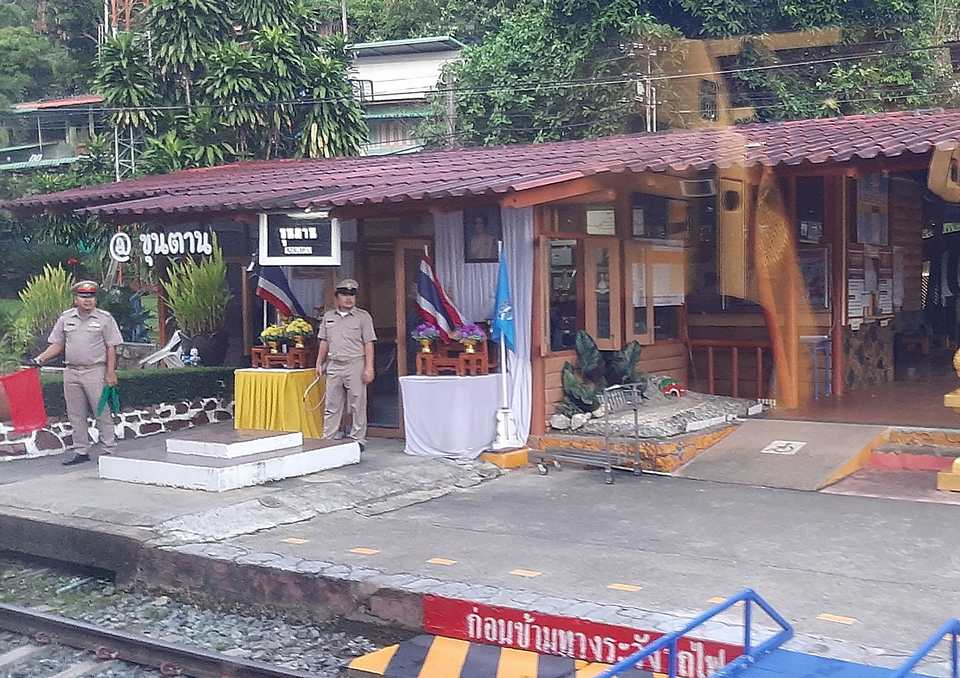
The train slowed down, and I tried to recall how it was back in the 1960s, a small, sleepy town with narrow streets and wooden houses. The moat surrounding the old city was lined with tall trees, their branches casting shadows on the water. There were few cars, while bicycles, motorbikes, and passenger tricycles were the main modes of transport.
Temples dotted the sleepy town, their golden spires reaching toward the sky. Monks in saffron robes walked the streets, gathering alms in the early morning fog. Mother and I would be standing outside our house waiting to offer rice and fruits and receive blessings.
When the train finally pulled into the station, I stepped off and took a deep breath of fresh air. The train station is at the same location, slightly upgraded – more enclosed along the platform, and a tiny bit bigger.
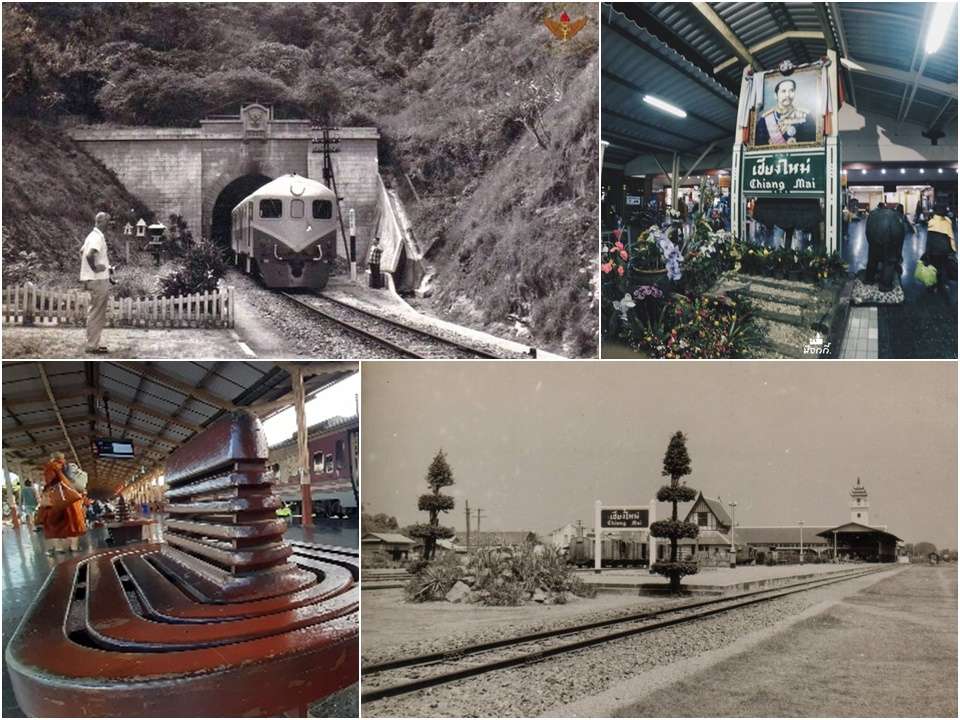
As I rode through the city in a taxi, I took in the changes. Chiang Mai had grown and transformed into a bustling city with modern buildings, busy streets, and a thriving tourist industry. The hotel I stayed at was nothing like what I had seen in the past. The ones from the old days were simple wooden houses with original Lanna architecture. Of course, some of those hotels are still standing, but more practical for new travelers now, are sterile, modern designs.
As I wandered through the old city, I could still find traces of the past. The small roads are still the charming part of the town, hidden away from the wide main streets and highways.
Those beautiful temples still stand proudly, some of their walls weathered but resilient. The old wall and moat are still there, and tall trees still line the banks, now surrounded by bustling cafes and shops. Shopping malls have sprung up, as expected.
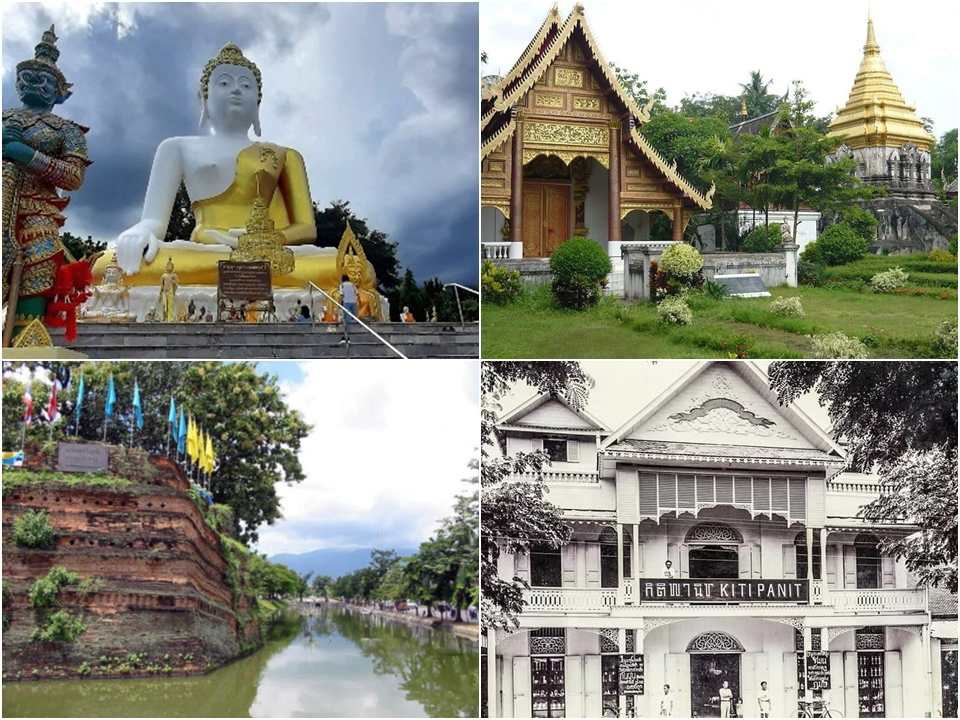
I walked through the narrow lanes, feeling the echoes of the past mingling with the present. Local entrepreneurs still run their businesses; local northern eateries and cuisines abound, interspersed with little coffee shops, healthy smoothies, sandwiches, and vegan restaurants.
Some old buildings, where original companies stood before, have been transformed into nostalgic restaurants.
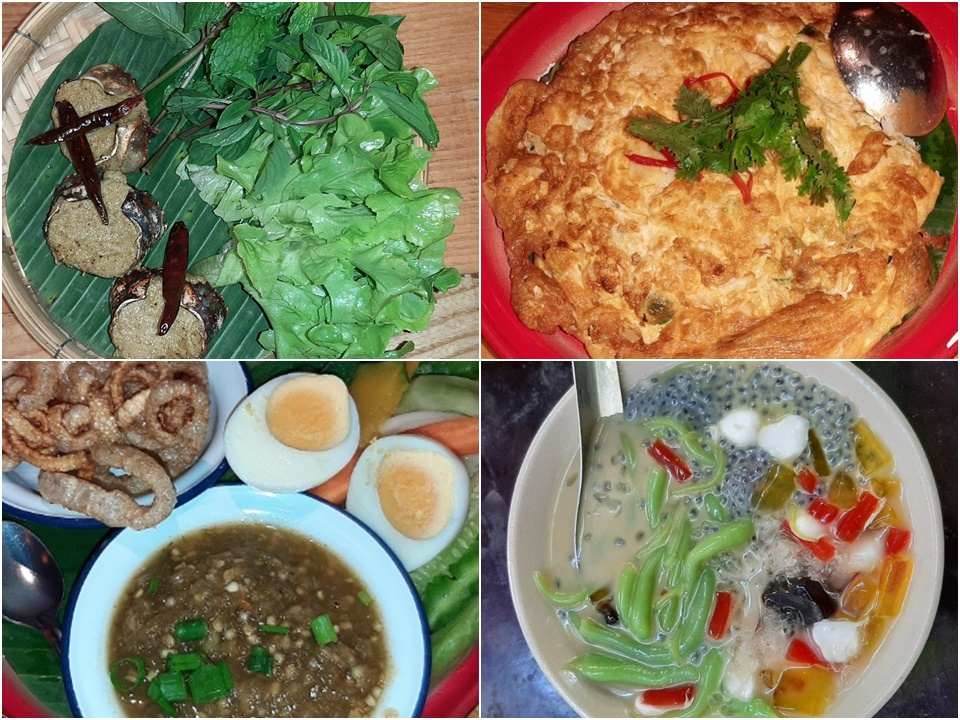
People, in general, are still kind, though newer hotel staff are trained to be more “international” than before, where smiles and wais have become less abundant.
It was summer, and while the weather wasn’t as appealing to Thai tourists, night rains made it pleasant. It was still far from the winter months when it would get crowded, but the night bazaar still stands popular to the oohs and awes of the tourists.
The old crafts and wares are replaced by kilometers long of the same and more of the same clothing, bags, and jewelry that you may find available in just about any night bazaars around the country. Elephant pants, anyone?
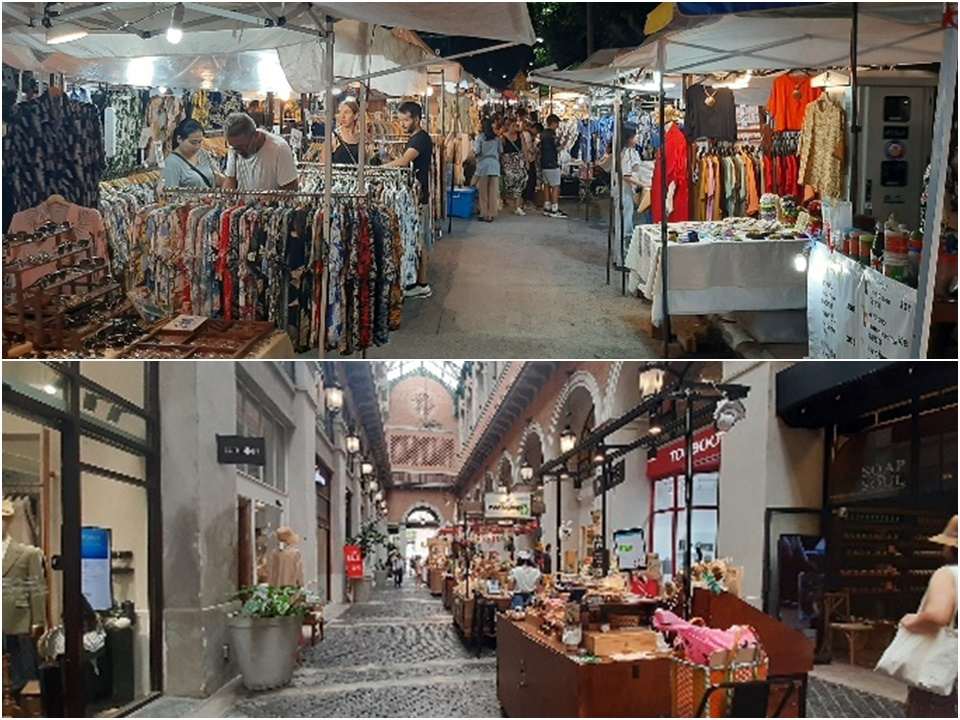
I could no longer find the original location of my mother’s home – that little two-story wooden house near the narrow main road opposite the moat, that water vessel in front of the house with a coconut shell ladle put out for visitors or any passersby walking in the heat to help themselves quench their thirst and wash their feet.
There was no point in searching, so I just enjoyed whatever the quaint and lovely ambiance had to offer.
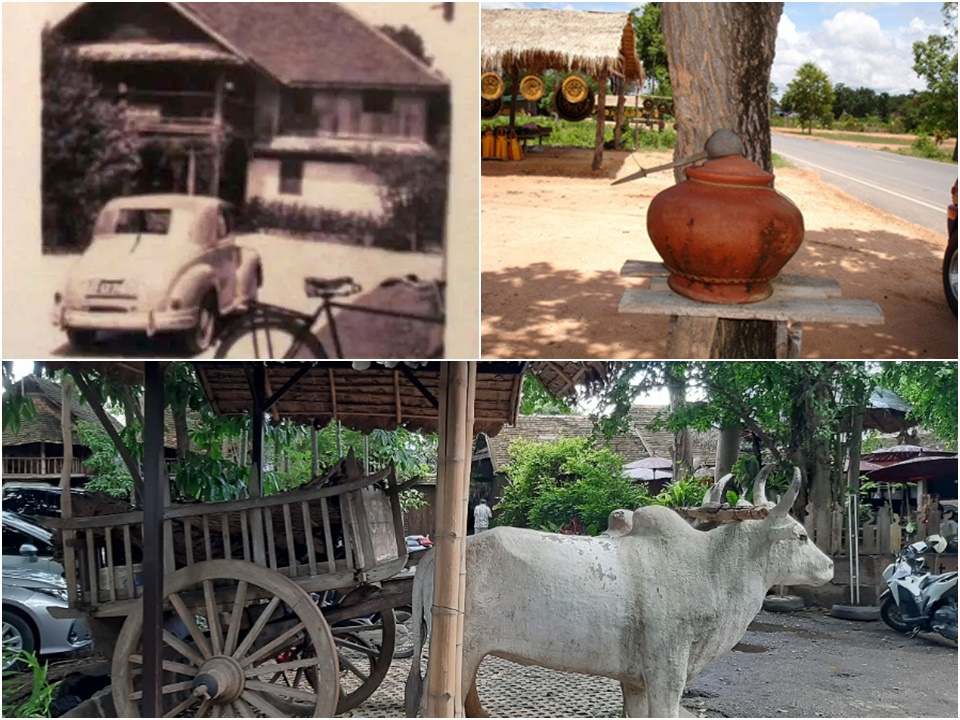
Some infrastructure may have changed, but the spirit of Chiang Mai remained the same. It was still a place of warmth and welcome, where the old and new coexist, where memories of the past can be found around every corner.
As I made my way through the town, I knew that I was not just visiting a place, but also reconnecting with a little piece of my history – where my mother was born and lived.
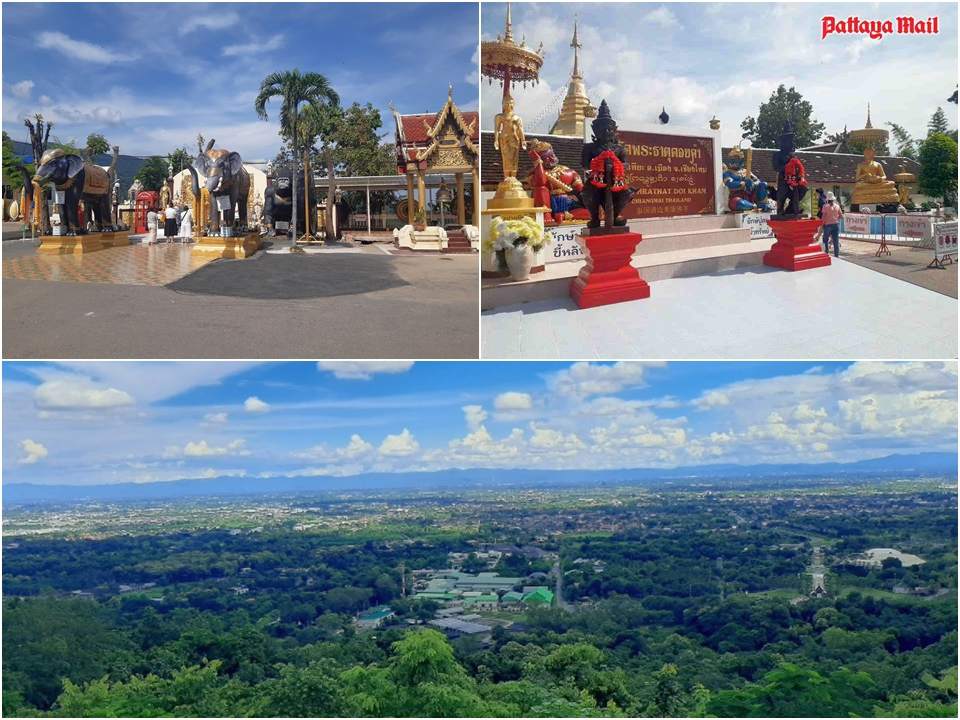
Author’s Note: Pictures are taken by the author except a few old ones acquired from the internet. Thanks to the unknown photographers who took them in the days gone by.










